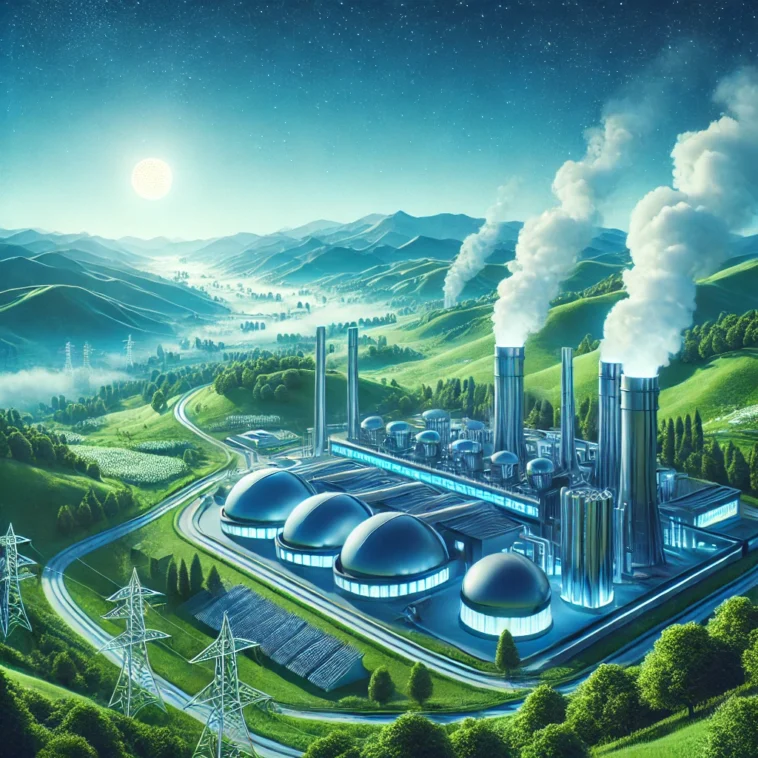10 Powerful Pros and Cons You Need to Know 

Geothermal energy is gaining attention as a clean, renewable energy source — but is it really the future of sustainable power? Let’s break it down with a detailed look at the pros and cons of geothermal energy.
 Pros of Geothermal Energy
Pros of Geothermal Energy
 1. Renewable and Sustainable
1. Renewable and Sustainable
It comes from the Earth’s natural heat — a resource that won’t run out any time soon. As long as the Earth’s core remains hot (billions of years), this energy source will remain available.
 2. Environmentally Friendly
2. Environmentally Friendly
Unlike fossil fuels, geothermal energy produces very low emissions. It’s one of the cleanest sources of power, contributing significantly less CO₂ and other greenhouse gases.
 3. Cost-Effective (Long-Term)
3. Cost-Effective (Long-Term)
Although the initial setup can be expensive, their systems have low operational costs. Once installed, they require minimal maintenance and can last decades — saving money in the long run.
 4. Reliable and Consistent Power
4. Reliable and Consistent Power
Unlike solar or wind power, It isn’t dependent on weather conditions. It provides a constant, uninterrupted energy supply — 24/7.
 5. Small Land Footprint
5. Small Land Footprint
Geothermal plants require significantly less land compared to solar or wind farms. This makes them a more practical option, especially in space-constrained areas.
 6. Energy Independence
6. Energy Independence
Countries with geothermal resources can reduce reliance on imported fossil fuels, boosting energy security and self-sufficiency.
 Cons of Geothermal Energy
Cons of Geothermal Energy
 7. High Upfront Costs
7. High Upfront Costs
Installing geothermal systems, especially residential ones, can be expensive. Drilling, piping, and specialized equipment all contribute to high initial investments.
 8. Location Limitations
8. Location Limitations
It is most effective in regions with significant volcanic or tectonic activity — not every area has accessible geothermal reservoirs.
 9. Potential Depletion
9. Potential Depletion
While geothermal reservoirs are generally sustainable, improper management (over-extraction) can lead to localized depletion, reducing output over time.
 10. Possible Emissions
10. Possible Emissions
Although geothermal plants emit fewer greenhouse gases than fossil fuels, they can still release small amounts of hydrogen sulfide and other gases from underground reservoirs.
 11. Site Disruption and Noise
11. Site Disruption and Noise
Drilling for geothermal energy can disturb local ecosystems, and construction can be noisy — especially during the initial phase.
 Is Geothermal Energy Worth It?
Is Geothermal Energy Worth It?
It is a powerful, reliable, and eco-friendly energy source with immense potential. While the high upfront costs and location limits are hurdles, the long-term benefits of sustainability, low emissions, and energy independence make it a promising contender in the clean energy race.


Share this:
- Click to share on Facebook (Opens in new window) Facebook
- Click to share on X (Opens in new window) X
- Click to share on LinkedIn (Opens in new window) LinkedIn
- Click to share on Reddit (Opens in new window) Reddit
- Click to share on Tumblr (Opens in new window) Tumblr
- Click to share on Pocket (Opens in new window) Pocket
- Click to share on WhatsApp (Opens in new window) WhatsApp



One Comment
Leave a ReplyOne Ping
Pingback:How Renewable Energy is Shaping the Future: Geothermal’s Role